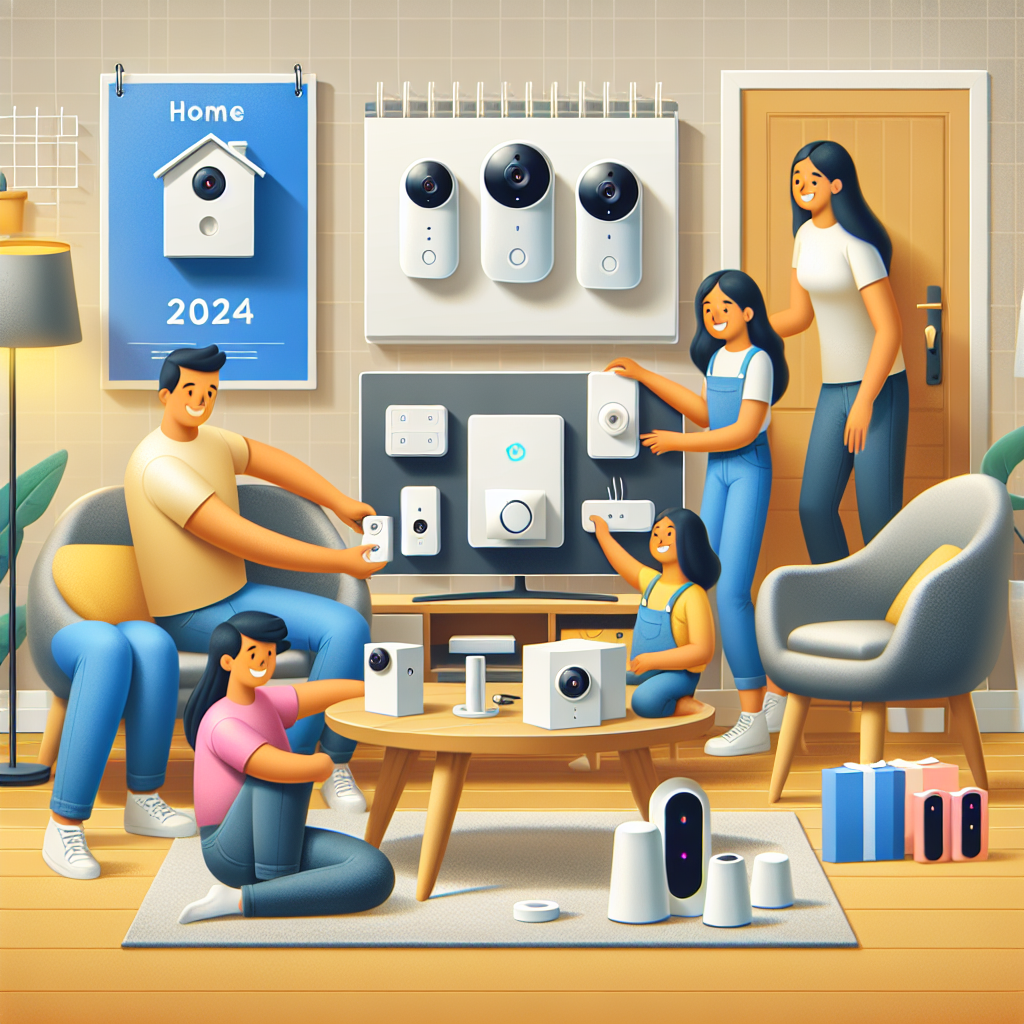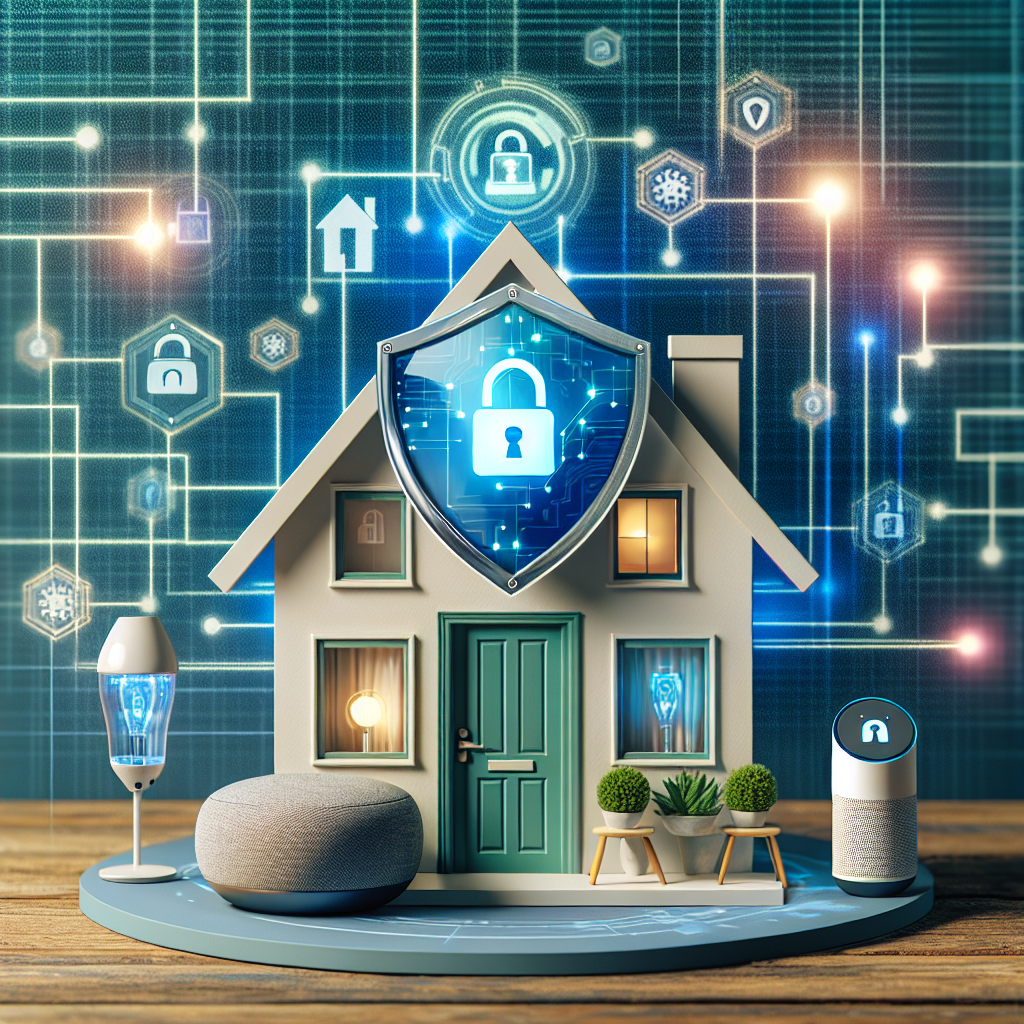When it comes to staging your home for sale, less can often be more. Minimalist staging focuses on simplicity, clean lines, and decluttered spaces to showcase your home’s best features and create a sense of calm and serenity for potential buyers. In this guide, we’ll explore the concept of minimalist staging and provide practical tips for maximizing the impact of your home’s interior design while keeping it clean and clutter-free.
Embracing Minimalism in Home Staging
Minimalist staging is all about paring down your home’s decor to the essentials and creating a sense of space and openness. By removing excess furniture, decor, and personal items, you allow potential buyers to focus on the architectural features and layout of your home, rather than being distracted by clutter and unnecessary details.
Practical Tips for Minimalist Staging
1. Declutter Your Space
Start by decluttering each room in your home, removing any items that are not essential to the overall design or function of the space. Clear countertops, shelves, and surfaces to create a clean and minimalist aesthetic that will appeal to potential buyers.
2. Focus on Clean Lines and Neutral Colors
Choose furniture with clean lines and simple designs to complement the minimalist style. Opt for neutral colors such as white, beige, or light gray to create a cohesive and calming color palette throughout your home.
3. Create Visual Interest with Texture and Contrast
While minimalist staging emphasizes simplicity, you can still create visual interest by incorporating texture and contrast into your decor. Add tactile elements such as soft throws, plush rugs, or textured cushions to create depth and warmth in your space.
4. Let Natural Light Shine
Maximize natural light in your home by removing heavy drapes or curtains and allowing sunlight to flood in through windows. Natural light not only makes your home feel brighter and more spacious but also enhances the minimalist aesthetic by highlighting clean lines and uncluttered spaces.
5. Showcase Key Features
Highlight your home’s key features, such as architectural details, built-in storage, or statement pieces of furniture, by keeping surrounding areas free from clutter. Draw attention to these features by strategically arranging furniture and decor to create focal points in each room.
The Impact of Minimalist Staging
Minimalist staging can have a significant impact on how potential buyers perceive your home. By presenting your space in a clean, clutter-free manner, you create a blank canvas that allows buyers to envision themselves living in the space and makes it easier for them to imagine adding their own personal touches.
Conclusion
Minimalist staging is a powerful technique for maximizing the impact of your home’s interior design while keeping it clean, clutter-free, and inviting for potential buyers. By embracing simplicity, focusing on clean lines and neutral colors, and showcasing key features, you can create a minimalist aesthetic that enhances your home’s appeal and helps you attract more buyers. Incorporate these practical tips into your staging process to ensure that your home stands out in today’s competitive real estate market.



